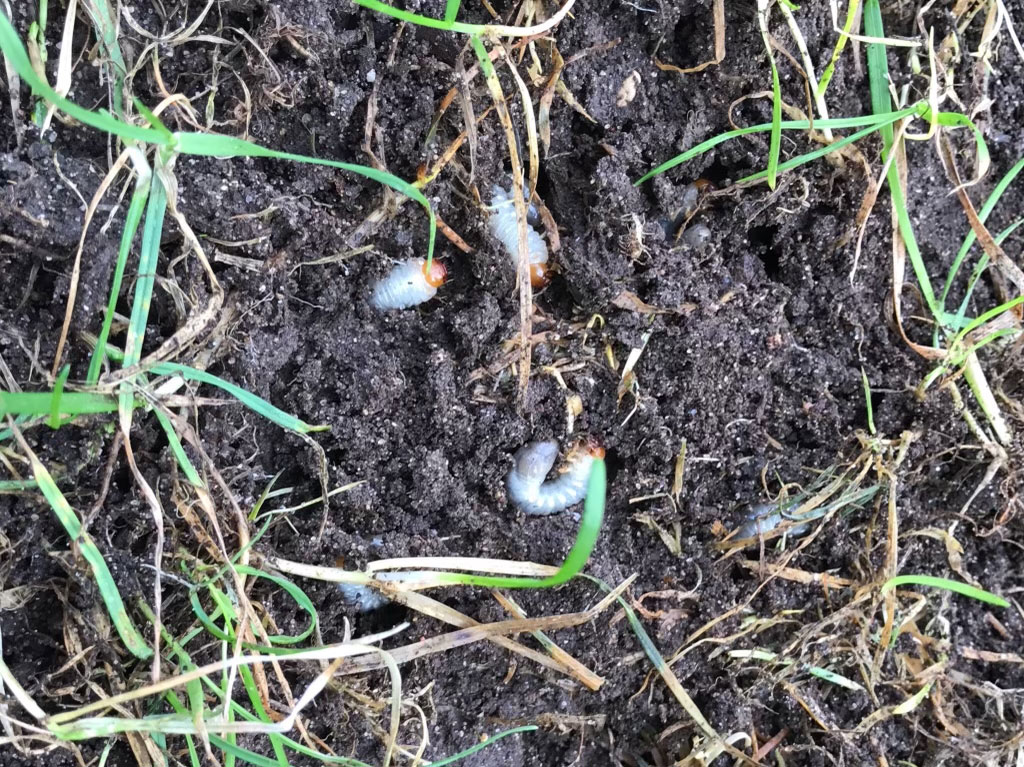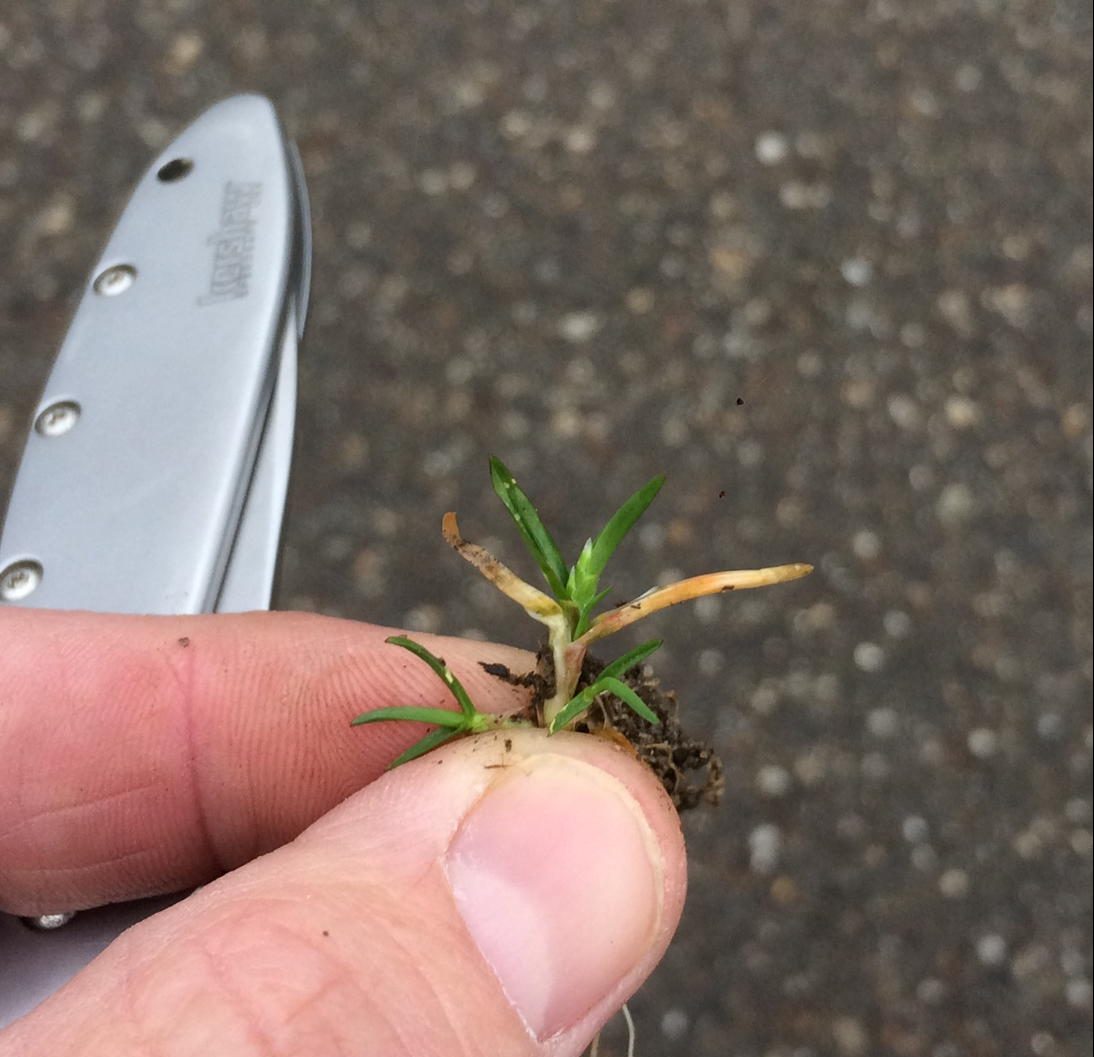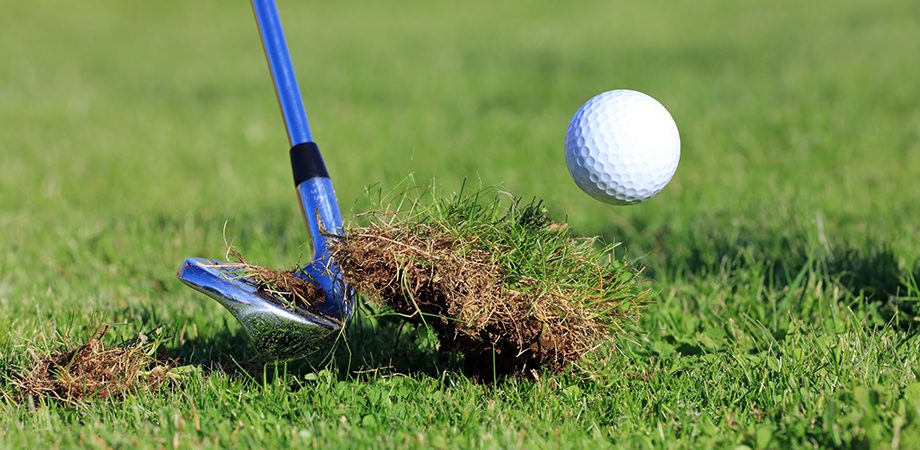Grubs are relentless but relatively easy to control if you take certain considerations before determining the application product and method. In a perfect world, the population thresholds would stay low enough not to cause any turf issues and not to be sniffed out by predators in search of a late-night snack. But skunks and raccoons rarely listen to reasoning.
Every site has different factors to consider and requires different tactics for the plan of attack. When deciding how to approach your specific site, get answers to the questions below. Then reach out to your local Advanced Turf Solutions rep to secure the correct product to tackle the issue.
- What level of grub population are you able to tolerate?
- What is your budget?
- What length of control do you want from this application?
- How many applications are you willing to make?
- Are you applying preventatively or curatively?
- Are grubs the only insects you are trying to address?
- How much thatch is present?
- What type of soil are you treating?
- How is the soil moisture? Is the site irrigated or not?
Each of these questions helps narrow down the product selection and the application method to give you the best chance for success. You might have had great success with a product one year and then subpar results the following year. In most cases, it is not the product’s failure but the conditions during the time of application. The following notes can play a major role:
- If the thatch layer is too thick, certain chemicals will bind to the thatch before even reaching the soil, resulting in poor control. Adjusting the amount of irrigation and timing will greatly help.
- If the soil is very dry, grubs might be lower in the soil profile than expected. Depending on the chemical, it needs to be placed at the depth of the grubs to have the desired effect. Watering the site a few days before the chemical application can help in a couple of ways. It will encourage the grubs to move closer to the surface, resulting in easier product placement and making the soil more receptive to whichever product is applied.
- Adding a wetting agent to the application can help the insecticide move vertically through the thatch layer or, better, into a hydrophobic soil profile.
- Read your product label carefully. If grubs are your only concern and your plan is to water in the product, do so immediately. Watering while the product is still wet on the leaf blade will make a big difference versus letting it dry and then watering at a later date.
- Whether on the edges of fairways/tees or on home lawns, remember the adults will lay eggs where it is easiest for them and gives their next generation the best chance for survival. Of course, they will lay eggs wherever they want. But given the choice, they will do so in irrigated areas versus hard, compacted soil. If you have irrigated areas, those are most likely to have a higher population. When treating these areas, make sure to hit your target dates and not miss any areas.
Planning your attack is essential. In the hustle of the season, it can be easy to miss the ideal window and apply the wrong product at the wrong time. If you miss the pests, they’ll overwinter deep in your soil and return close to the surface in early spring. Predators will then dig up your turf to find the spring meal they so desperately want. Well-timed grub control applications will break this cycle before it begins.
We carry a large number of insecticides, each with numerous use tactics. With the information gathered from the questions above and the help of your Advanced Turf sales representative, you will be on your way to much better turf quality and less stress year-round.













